Rubinstein-Taybi syndrome in a Saudi boy with distinct features
Por um escritor misterioso
Last updated 11 abril 2025

Background Rubinstein-Taybi syndrome (RSTS) Type 1 (OMIM 180849) is characterized by three main features: intellectual disability; broad and frequently angulated thumbs and halluces; and characteristic facial dysmorphism. Case presentation We report on a Saudi boy with RSTS Type 1 and the following distinct features: a midline notch of the upper lip, a bifid tip of the tongue, a midline groove of the lower lip, plump fingers with broad / flat fingertips, and brachydactyly. The child was found to be heterozygous in the CREBBP gene for a sequence variant designated c.4963del, which is predicted to result in premature protein termination p.Leu1655Cysfs*89. The child and his father were also found to be heterozygous in the EP300 gene for a sequence variant designated c.586A > G, which is predicted to result in the amino-acid substitution p.Ile196Val. Conclusion Our report expands the clinical spectrum of RSTS to include several distinct facial and limb features. The variant of the CREBBP gene is known to be causative of RSTS Type 1. The variant in the EP300 gene is benign since the father carried the same variant and exhibited no abnormalities. However, functional studies are required to investigate if this benign EP300 variant influences the phenotype in the presence of disease-causing CREBBP gene mutations.
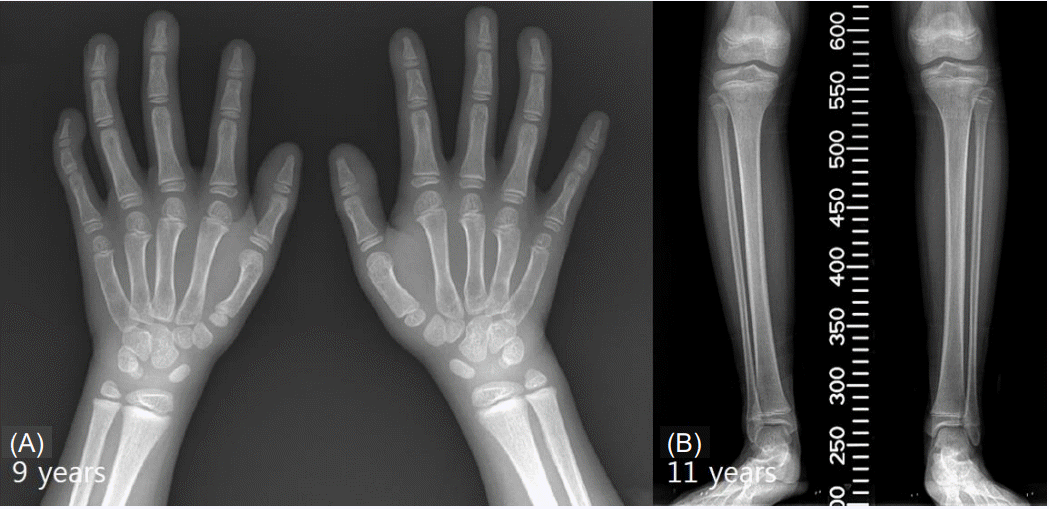
apem :: Annals of Pediatric Endocrinology & Metabolism

PDF) Lacrimal drainage anomalies in Rubinstein-Taybi syndrome: case report and review of literature

Rubinstein-Taybi syndrome: Multisystem involvement and its clinical
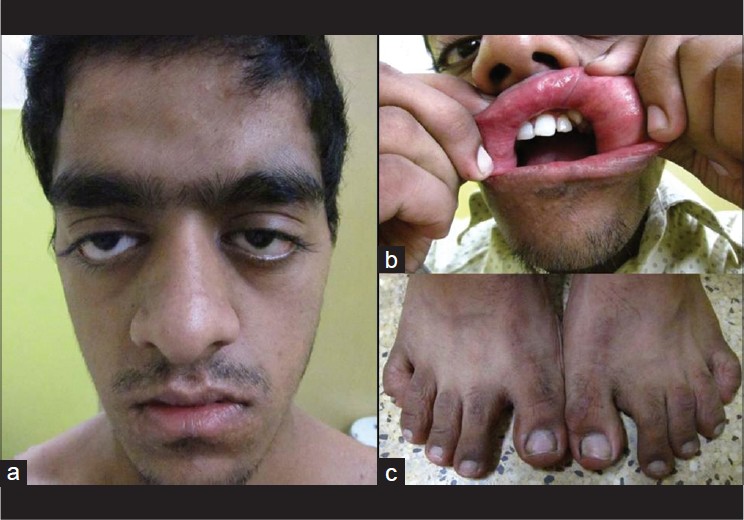
Rubinstein-Taybi syndrome: A report of two siblings with unreported cutaneous stigmata - Indian Journal of Dermatology, Venereology and Leprology

Comparison of Genetic Variants and Manifestations of OTUD6B-Related Disorder: The First Mexican Case - Maria Elena Romero-Ibarguengoitia, Consuelo Cantú-Reyna, Dalia Gutierrez-González, Héctor Cruz-Camino, Arnulfo González-Cantú, Miguel Angel Sanz

Benign and malignant tumors in Rubinstein–Taybi syndrome - Boot - 2018 - American Journal of Medical Genetics Part A - Wiley Online Library

PDF) Rubinstein-Taybi syndrome medical guidelines

PDF) Rubinstein-Taybi syndrome medical guidelines

DBMCI MDS : Formerly MDS Experts - RUBINSTEIN TAYBI SYNDROME An autosomal dominant disease associated with deletions of the short arm of ch 16. Clinical Features: - Mental retardation - Broad thumbs

Facial dysmorphism, skeletal anomalies, congenital glucoma, dysplastic nails: Mild Rubinstein-Taybi Syndrome - ScienceDirect
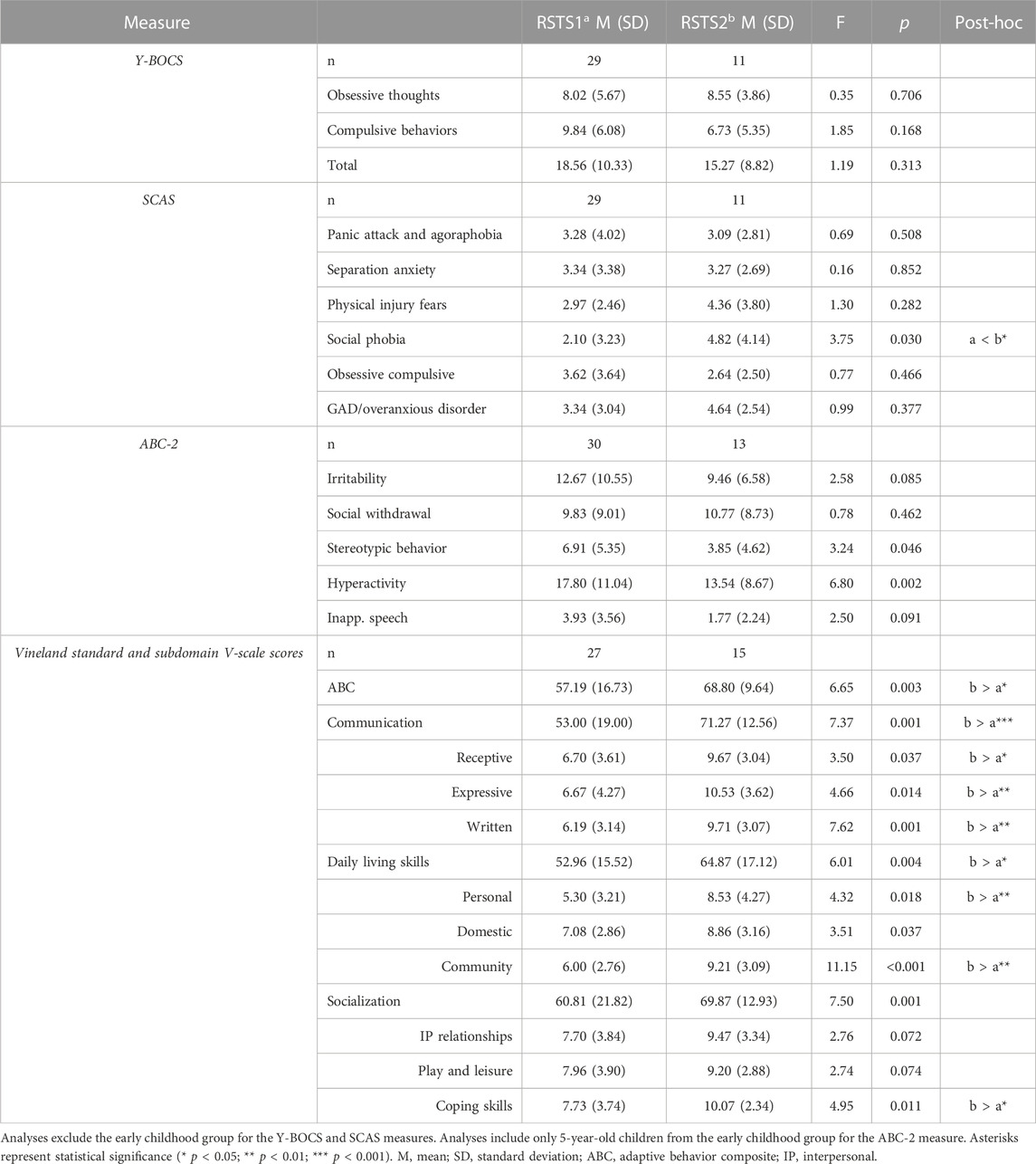
Frontiers Behavioral and neuropsychiatric challenges across the lifespan in individuals with Rubinstein-Taybi syndrome
Recomendado para você
-
 Rubinstein-Taybi Syndrome: A case report11 abril 2025
Rubinstein-Taybi Syndrome: A case report11 abril 2025 -
 Rubinstein-Taybi syndrome: A report of two siblings with11 abril 2025
Rubinstein-Taybi syndrome: A report of two siblings with11 abril 2025 -
 Loving Leanne: Living with Rubinstein-Taybi Syndrome: Roome11 abril 2025
Loving Leanne: Living with Rubinstein-Taybi Syndrome: Roome11 abril 2025 -
 Psychiatric Profile in Rubinstein-Taybi Syndrome11 abril 2025
Psychiatric Profile in Rubinstein-Taybi Syndrome11 abril 2025 -
 Rubinstein-Taybi syndrome (broad thumb-hallux syndrome)11 abril 2025
Rubinstein-Taybi syndrome (broad thumb-hallux syndrome)11 abril 2025 -
 First case of Rubinstein–Taybi syndrome with desquamation associated with a novel mutation in the bromodomain of the CREBBP gene - Wang - 2019 - Clinical and Experimental Dermatology - Wiley Online Library11 abril 2025
First case of Rubinstein–Taybi syndrome with desquamation associated with a novel mutation in the bromodomain of the CREBBP gene - Wang - 2019 - Clinical and Experimental Dermatology - Wiley Online Library11 abril 2025 -
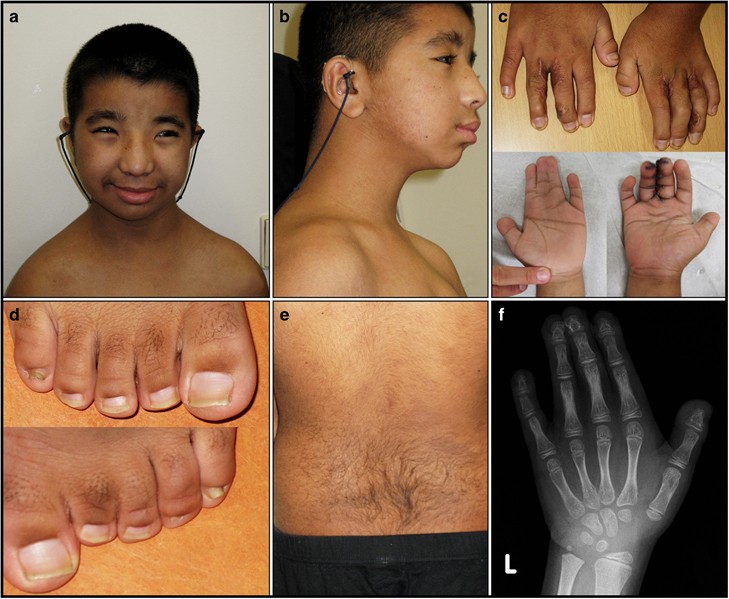 Mosaic CREBBP mutation causes overlapping clinical features of11 abril 2025
Mosaic CREBBP mutation causes overlapping clinical features of11 abril 2025 -
 Rubinstein–Taybi syndrome in diverse populations - Tekendo‐Ngongang - 2020 - American Journal of Medical Genetics Part A - Wiley Online Library11 abril 2025
Rubinstein–Taybi syndrome in diverse populations - Tekendo‐Ngongang - 2020 - American Journal of Medical Genetics Part A - Wiley Online Library11 abril 2025 -
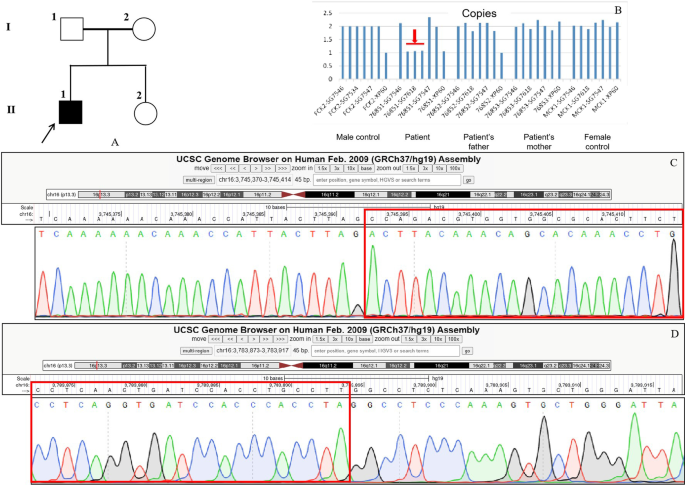 A novel CREBBP mutation and its phenotype in a case of Rubinstein–Taybi syndrome, BMC Medical Genomics11 abril 2025
A novel CREBBP mutation and its phenotype in a case of Rubinstein–Taybi syndrome, BMC Medical Genomics11 abril 2025 -
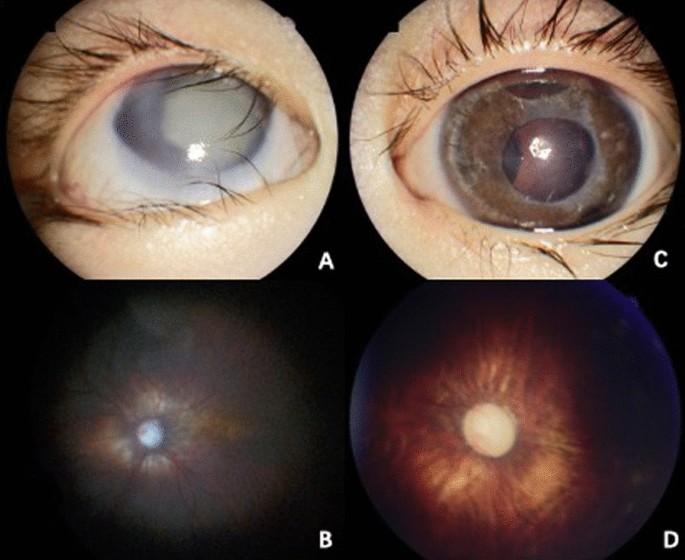 A novel CREBBP mutation and its phenotype in a case of Rubinstein11 abril 2025
A novel CREBBP mutation and its phenotype in a case of Rubinstein11 abril 2025
você pode gostar
-
Gamemax Brasil - Feito. GABINETE GAMEMAX INFINIT TR +11 abril 2025
-
 Como Resolver o Erro de Download de Filmes e Séries da Netflix do Celular, PC e Tablet11 abril 2025
Como Resolver o Erro de Download de Filmes e Séries da Netflix do Celular, PC e Tablet11 abril 2025 -
 grafico-caindo - Newtrade11 abril 2025
grafico-caindo - Newtrade11 abril 2025 -
 atacado brinquedos ao ar livre 3d barco à vela pipa da fábrica de pipa11 abril 2025
atacado brinquedos ao ar livre 3d barco à vela pipa da fábrica de pipa11 abril 2025 -
 HYPER SONIC vs SUPER SONIC in ROBLOX11 abril 2025
HYPER SONIC vs SUPER SONIC in ROBLOX11 abril 2025 -
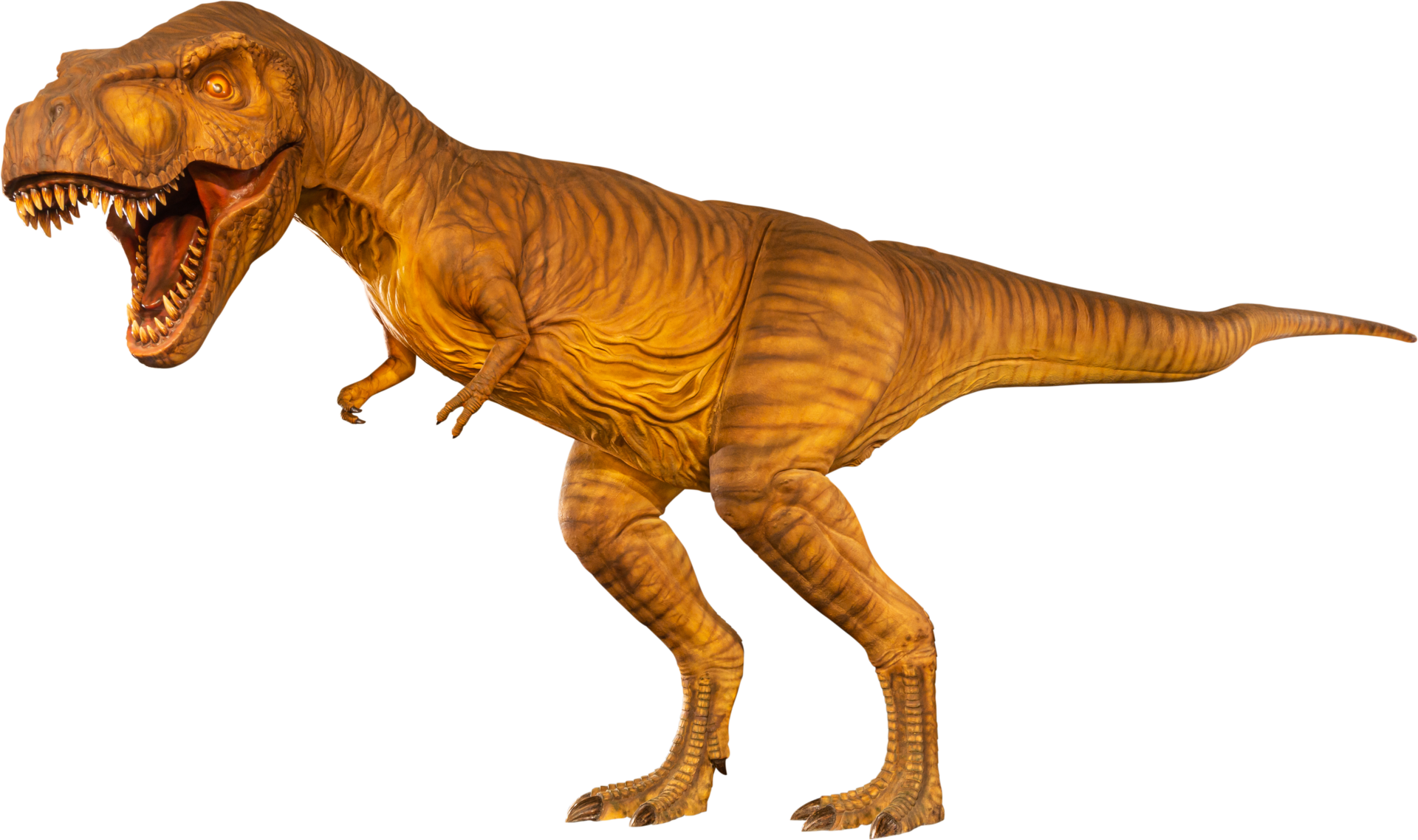 tiranossauro rex dinossauro 19029462 PNG11 abril 2025
tiranossauro rex dinossauro 19029462 PNG11 abril 2025 -
 Beat the Najdorf & Taimanov Sicilians!11 abril 2025
Beat the Najdorf & Taimanov Sicilians!11 abril 2025 -
Eu te disse mas vc nunca ouve! #CarangodEMotocas #wheelie #WheelieA11 abril 2025
-
 Podcast:feat. Beatriz #04 - Pai Ausente:Arthur Petry11 abril 2025
Podcast:feat. Beatriz #04 - Pai Ausente:Arthur Petry11 abril 2025 -
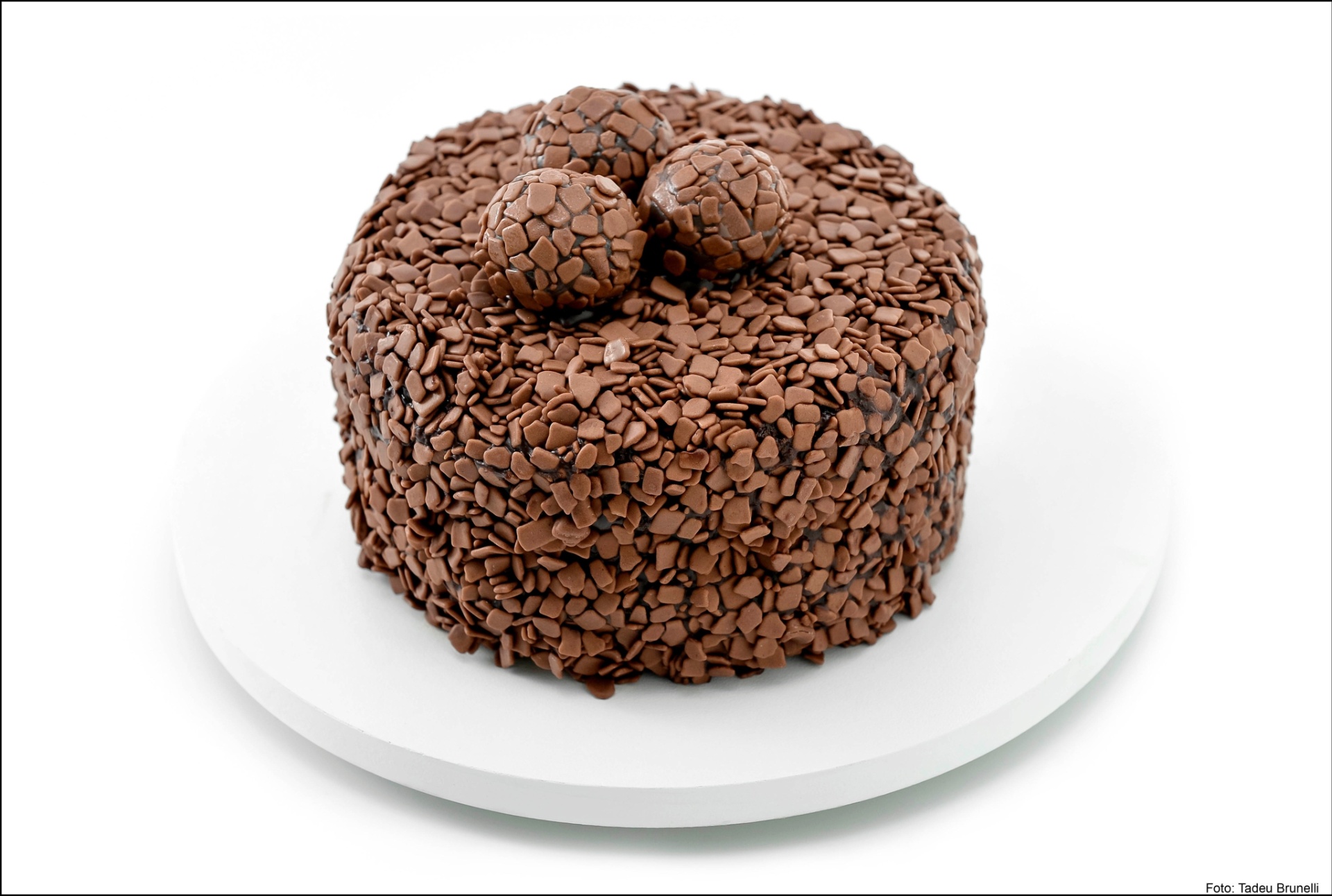 Bolo de Brigadeiro: Receita, Como Fazer e Ingredientes11 abril 2025
Bolo de Brigadeiro: Receita, Como Fazer e Ingredientes11 abril 2025

